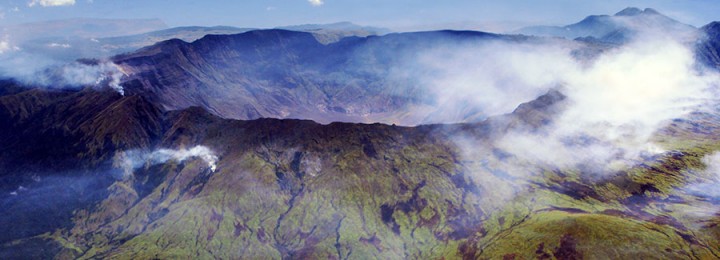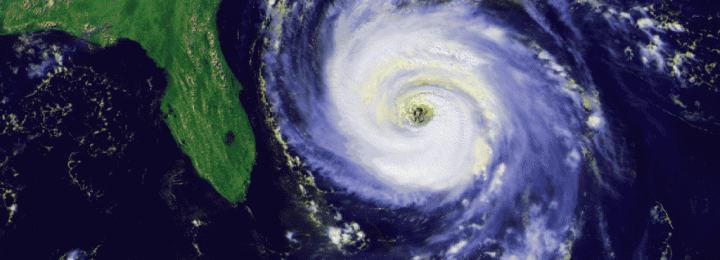History
-

I stopped at Providence Canyon State Park near Lumpkin GA on my way home from a school field day in Cuthbert GA on Friday. The park is located south of Columbus on the west-central edge of the state. It is now billed as one of Georgia’s seven natural wonders, with layers of pink and white…
Posted in: History -

This Day in Weather History on Facebook noted the April 30th F4 tornado which hit central Georgia in 1953. It was 300 yards in width and leveled homes on the north side of Warner Robins, Georgia, as well as barracks on the south side of the Robins Air Force Base. The tornado killed 19 people…
-

This week marks the 5th anniversary of the tornado outbreak that devastated parts of Mississippi, Alabama, Georgia, Tennessee and Virginia. A total of 363 tornadoes were confirmed in 21 states and Canada, according to Wikipedia’s description here. Included in the count were four EF5 tornadoes, which were so strong that they scoured concrete off of…
-

The latest blog post from the State Climate office of North Carolina highlights a late snowstorm in April 1983 (also a spring following a strong El Niño) that caused immense damage to fruit crops around the state. You can read about it at https://climate.ncsu.edu/climateblog?id=187&h=5666e5c1.
-

The eruption of Tambora, a volcano located in Indonesia on April 10, 1815, led to global consequences and a multi-year reduction in global temperature which has not been equaled in modern times, although the eruptions of Krakatoa, Agung and Pinatubo also reduced global temperatures for several years after the eruptions. National Geographic starts their recent…
-

Early forecasts for the 2016 Atlantic tropical season are starting to come out, and so far all of them predict that the tropical season this year will be more active than usual. El Niño acted as a brake last year and the hurricane season was relatively quiet, but with El Niño going away and most…
-

This month marks the anniversary of the worst flood in recorded history on the Mississippi River in spring of 1927. It is estimated that more than 630,000 people were displaced by the flood water, which covered 27,000 square miles to a depth of up to 30 feet. The Earth Science Picture of the Day post…
Posted in: History